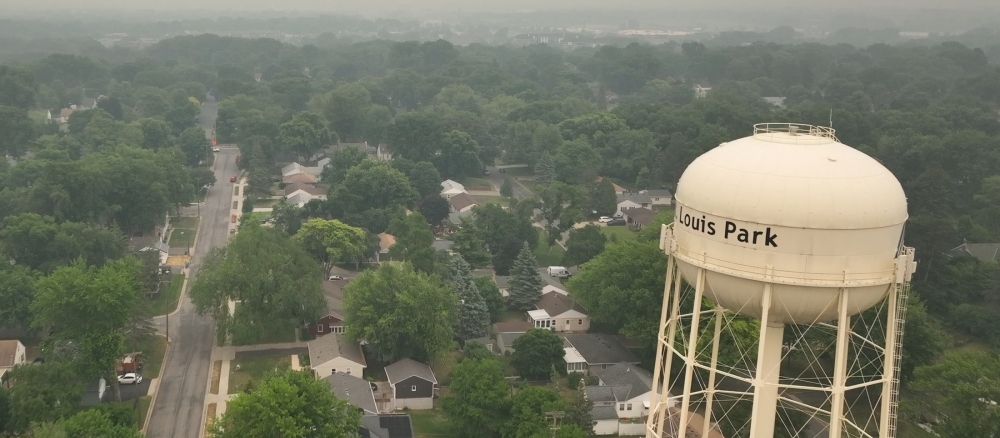The Minnesota Legislature took significant steps toward assessing and addressing inequalities that arise from environmental pollution in 2023, from providing a legal definition of environmental justice areas to allocating more than $50 million in new funds to the MPCA and directly to those communities.
At least half a dozen new laws from the Legislature begin to address the fact that people of color, Indigenous communities, and residents of low-income areas across the state are more likely to face disproportionate health risks due to air pollution. People who live in areas with more low-income residents and people of color, for instance, are more than twice as likely as the state average to have polluting facilities nearby and are nearly three times as likely as those in the rest of the state to face risks to their health from pollution emitted by those facilities.
These new laws support the MPCA’s Environmental Justice Framework, which provides direction and guidance to the agency’s commitment to repair past harms to these communities and to reduce the impact of environmental pollution.
Some key environmental justice initiatives passed in 2023 include:
- A definition of environmental justice areas. To address the problem, it first must be defined, so for the first time the state has a statutory definition of environmental justice areas: census tracts in which at least 40% of the population is “nonwhite;” at least 35% of households have income at or below 200% of the federal poverty level; at least 40% of the population has limited proficiency in English; or which are located within Indian Country, which is defined as federally recognized reservations and other Indigenous lands.
- Cumulative impacts analysis. When considering permits for any facility located in the seven-county metro area, in Duluth, in Rochester, or within one mile of an environmental justice area, the MPCA is now tasked with considering not just the potential for harm to residents of those areas but also the historical exposure to pollutants in those areas and the socioeconomic conditions that could compound harm from those pollutants.
- Community air monitoring pilot program. Environmental justice areas will get priority consideration for a new pilot grant program designed to provide community-wide air monitoring systems that identify areas of elevated pollution levels.
- Civil penalty funds for impacted communities. Anytime the MPCA collects civil penalties of at least $250,000 resulting from violations of a permit issued by the agency, 40% of that money will go to the community affected by that pollution via the local health board. With the community’s input, those funds will then go towards projects that benefit area residents.
- Climate resiliency grants. Of the more than $100 million in grant money that the Legislature dedicated over the next two years to programs meant to help Minnesota communities prepare for extreme weather due to climate change, at least 40% will go to environmental justice areas.
- Air emission reduction grants. To reduce air pollution from permitted facilities located within environmental justice areas, the Legislature set aside $5.6 million in grant money over the next two years.
The Environmental Protection Agency also announced $3 million in Inflation Reduction Act funds this week for four environmental justice initiatives in Minnesota designed to improve local food access, upgrade Tribal homes with energy-efficient technologies, and develop environmental justice leadership programs.
The community air monitoring and climate resiliency grants will be announced soon. MPCA staff have already started rulemaking for the cumulative impacts law, a process that involves conversations with community members in environmental justice areas.
